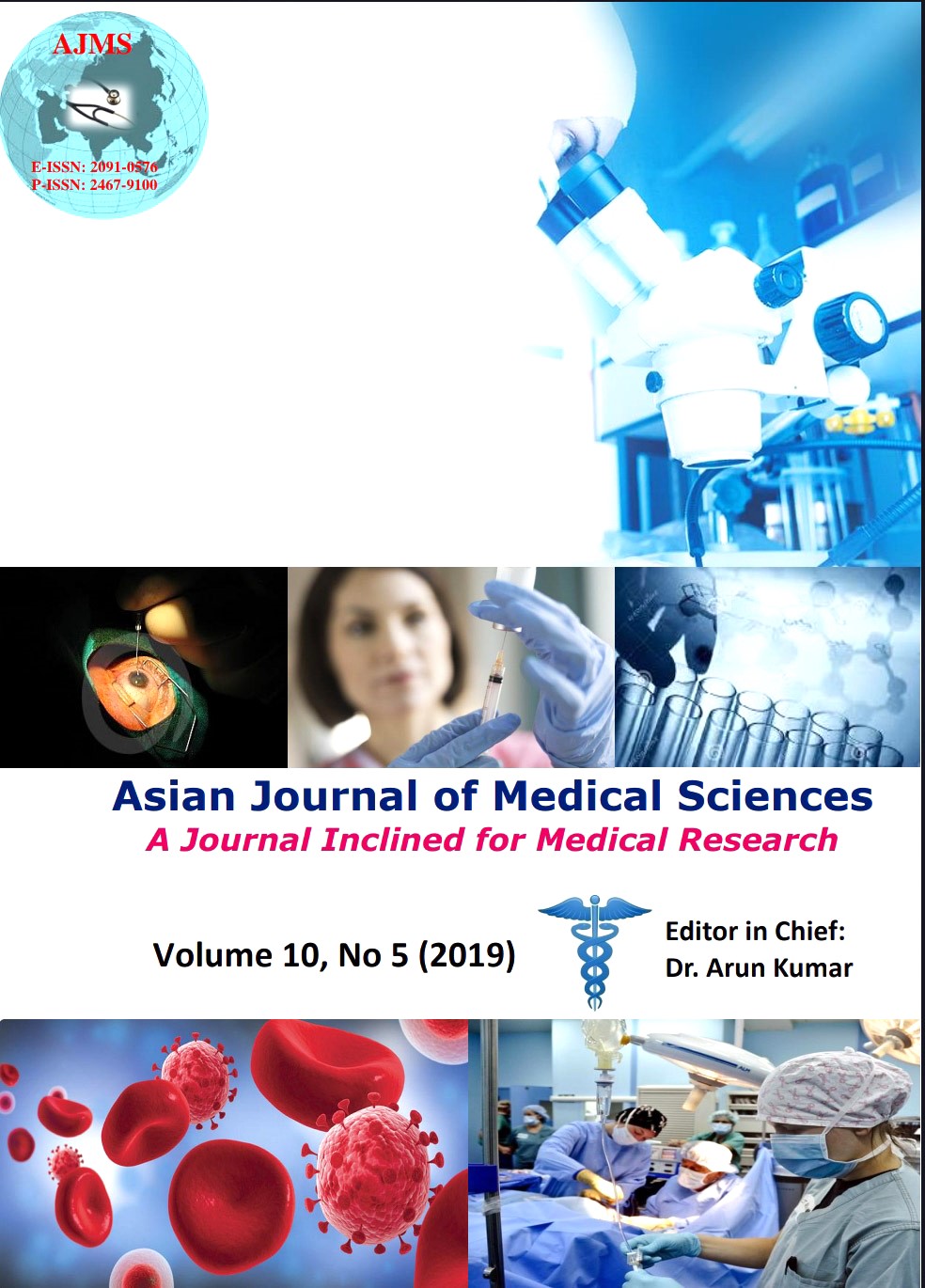Study of abnormal umbilical artery doppler and neonatal outcome
Keywords:
Doppler, Umblical artey velocimetry, Intrauterine growth restriction, Small for gestestational age, NeonateAbstract
Background: Doppler provides assessment of uteroplacental and fetoplacental circulation during pregnancy. It is a sensitive tool in early detection of fetal compromise and allows needful intervention.
Aims and Objective: To study the role of umbilical artery doppler in clinically suspected IUGR and its implication on neonatal outcome.
Materials and Methods: A total of 104 singleton pregnancies with gestational age of more than 34 weeks who had clinical suspicion of IUGR were evaluated using obstetric ultrasound and doppler. Umbilical artery
velocimetry with S/D >3 and RI >0.7 were considered abnormal. Newborns were classified as either small for gestational age (SGA) ie, IUGR or appropriate for gestational age (AGA). Neonatal outcome were classified as either normal or adverse events that included still birth, NICU admissions, perinatal asphyxia and/or neonatal death.
Results: Out of 104 clinically suspected IUGR, 55 were born with small for gestational age. Among these SGA neonates, 45 subjects had abnormal umbilical artery S/D and 42 had abnormal RI. Abnormal umbilical
artery S/D ratio had a sensitivity of 81.8 %, specificity of 59.2 %, the positive predictive value of 69.2 % and negative predictive value of 74.4 %. Abnormal Umbilical artery RI had a sensitivity of 76.4 %, specificity of 69.4 %, positive predictive value of 73.7 % and negative predictive value of 72.3 % in diagnosing IUGR. Abnormal umbilical artery velocimetry was associated with increased morbidity and mortality in IUGR neonates.
Conclusions: Umbilical artery doppler plays an important role in diagnosing IUGR and predicting neonatal outcome.
Downloads
Downloads
Published
How to Cite
Issue
Section
License
Authors who publish with this journal agree to the following terms:
- The journal holds copyright and publishes the work under a Creative Commons CC-BY-NC license that permits use, distribution and reprduction in any medium, provided the original work is properly cited and is not used for commercial purposes. The journal should be recognised as the original publisher of this work.
- Authors are able to enter into separate, additional contractual arrangements for the non-exclusive distribution of the journal's published version of the work (e.g., post it to an institutional repository or publish it in a book), with an acknowledgement of its initial publication in this journal.
- Authors are permitted and encouraged to post their work online (e.g., in institutional repositories or on their website) prior to and during the submission process, as it can lead to productive exchanges, as well as earlier and greater citation of published work (See The Effect of Open Access).




